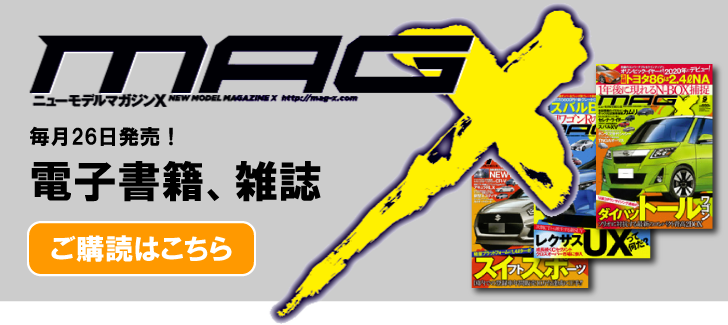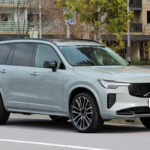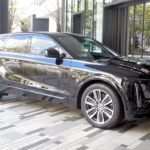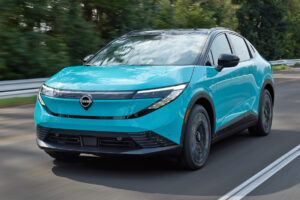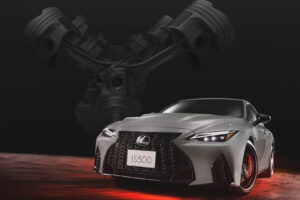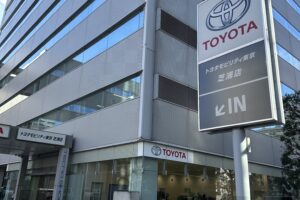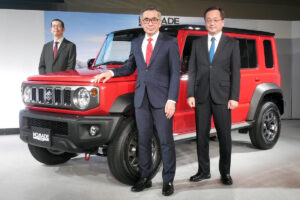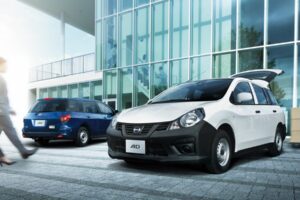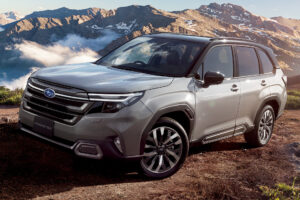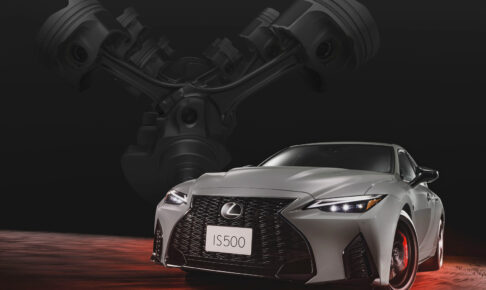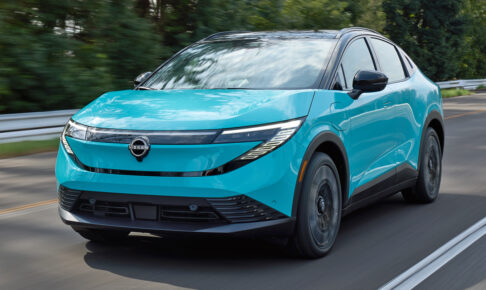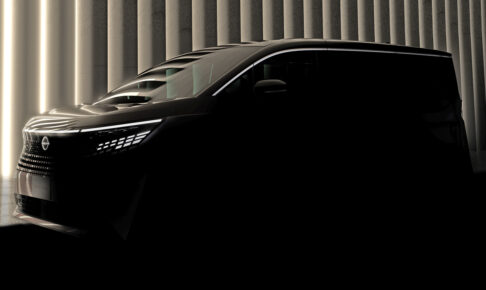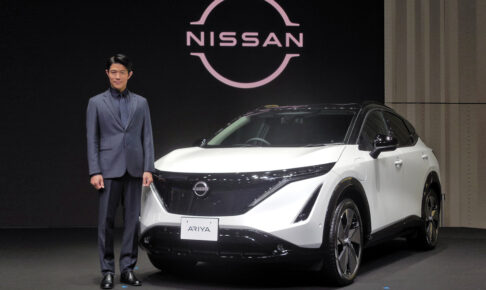Mazda has announced “light-asset strategy” that embodies a multi-solutions approach to electrification.
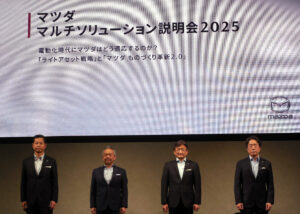
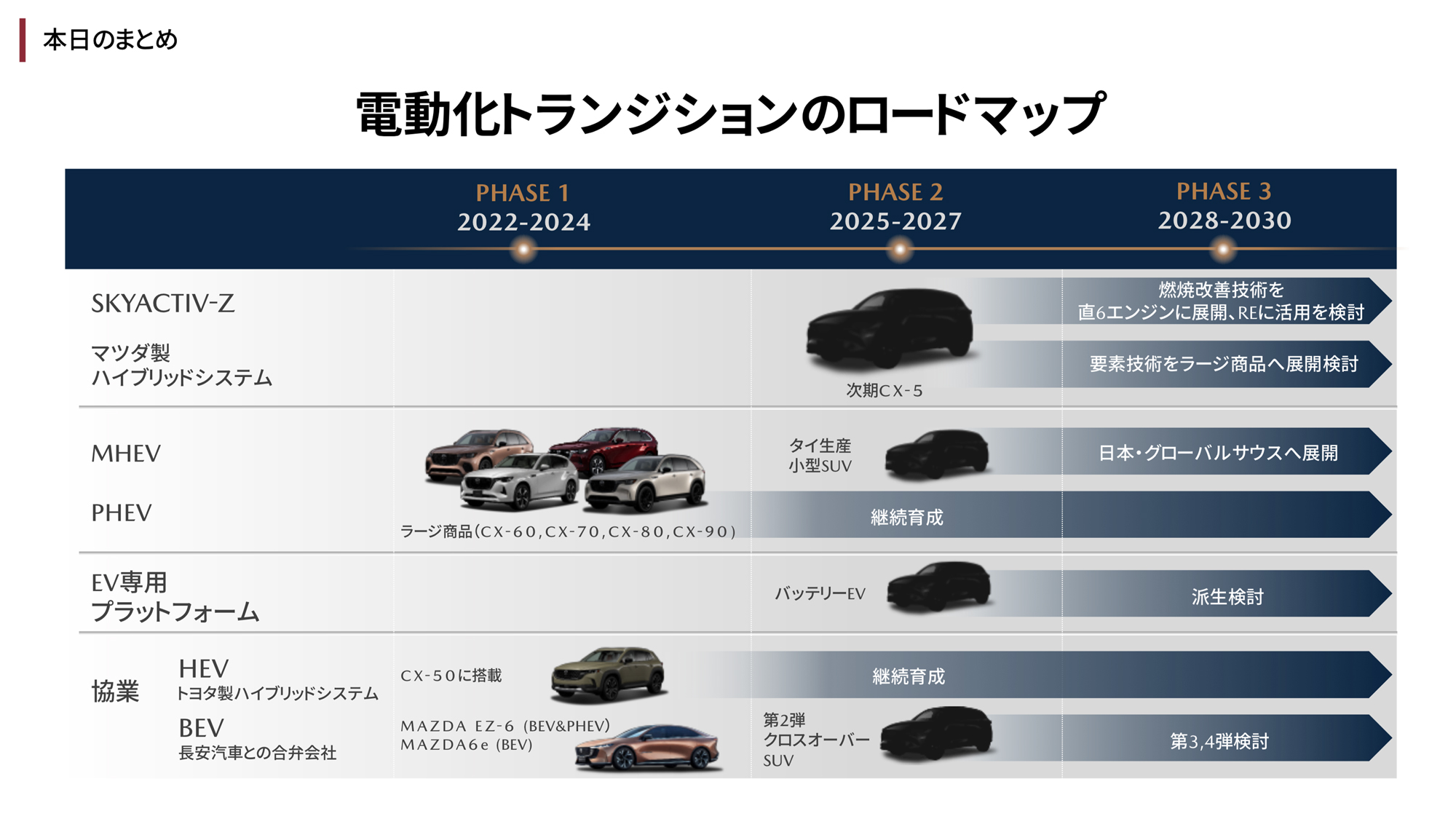
Under the light-asset strategy, Mazda will curb investment to a total of approximately 1.5 trillion yen by promoting collaboration and optimizing investment in batteries. In addition, by combining the strategy with “Monozukuri Innovation 2.0,” productivity during development will be increased three-fold.
As has been publicly announced, Mazda plans to launch a BEV that uses its own platform in 2027, and through collaboration will also reduce development investment by 40% and development man-hours by 50%.
At the production site, mixed production of engine-powered vehicles and BEVs is already underway, and AGVs (unmanned guided vehicles) have been introduced. The advantage of this “rootless production facility” is that it can be flexibly adapted according to the powertrain and composition ratio of the vehicle models to be produced.
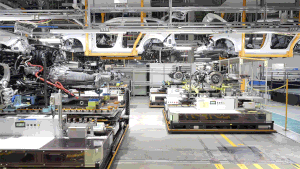
The SKYACTIV-Z is a 2.5L straight-4 that is said to achieve good performance while meeting the increasingly strict emission regulations such as Euro 7 in Europe and LEV4 in the US. It is scheduled to be installed in the next CX-5 in 2027, together with a hybrid mechanism developed in-house. The technology developed for the SKYACTIV-Z will also be used for the straight-six engine in the large product line and the rotary engine currently under development.

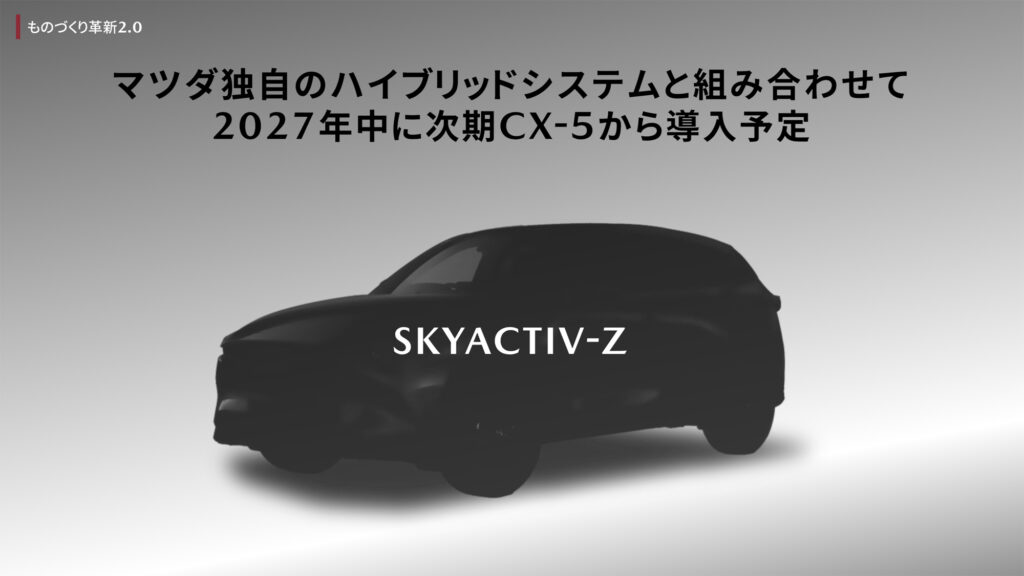
Mazda plans to reduce the number of engine units to less than half, with diesel engines to be concentrated in straight-six units.
During his presentation, Ichiro Hirose, Director, Senior Managing Executive Officer and CTO, repeatedly used the expression that the amount of software development will “explode”. In order to overcome this, the company will continue to utilize model-based development (i.e., digitally efficient development with common models for control, combustion, steering, aerodynamics, collision, and other characteristics) that has been implemented up to now.
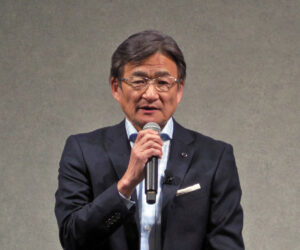
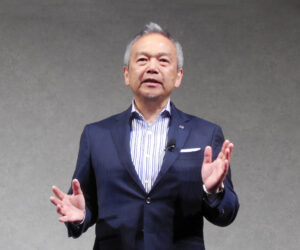 Mr. Ryuichi Umeshita, Managing Executive Officer in charge of electrification, said, “Demand for BEVs has been sluggish due to infrastructure and policy,” but he explained the reason for setting the launch plan for the self-developed BEVs in 2027: “We assumed that environmental regulations would become stricter and that BEVs would have become (slightly) more popular by then. The most important target market is the U.S.,” he said. “The most important target market is the U.S.,” he said.
Mr. Ryuichi Umeshita, Managing Executive Officer in charge of electrification, said, “Demand for BEVs has been sluggish due to infrastructure and policy,” but he explained the reason for setting the launch plan for the self-developed BEVs in 2027: “We assumed that environmental regulations would become stricter and that BEVs would have become (slightly) more popular by then. The most important target market is the U.S.,” he said. “The most important target market is the U.S.,” he said.
On the other hand, as in the case of the Mazda EZ-6 prepared in cooperation with China’s Changan Automobile, “Their development is speedy,” and “In regions where regulations advancing quickly and they cannot wait, we will make use of the products of our cooperation. In the Japanese market, we can make do with BEVs developed in-house”.
Chinese-made BEVs are increasing their presence overseas, but is it necessary to fight them in the first place? When asked this question, Mr. Umeshita replied, “The Japanese and U.S. markets are the only ones where we don’t have to fight with Chinese-made BEVs. In the rest of the world, we have to fight. We must fight in all other regions, and we expect to gain more power”. Regarding the collaboration with Changan Automobile, he said, “We are in the process of learning about BEVs from China, and we are on the side of catching up with them”.

